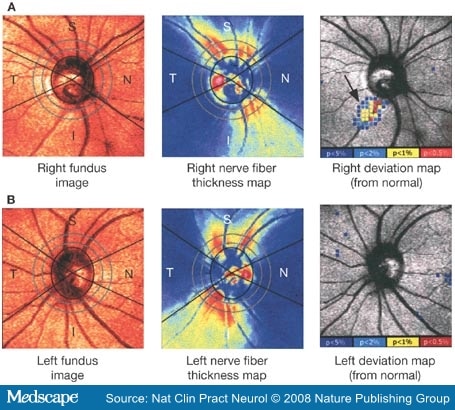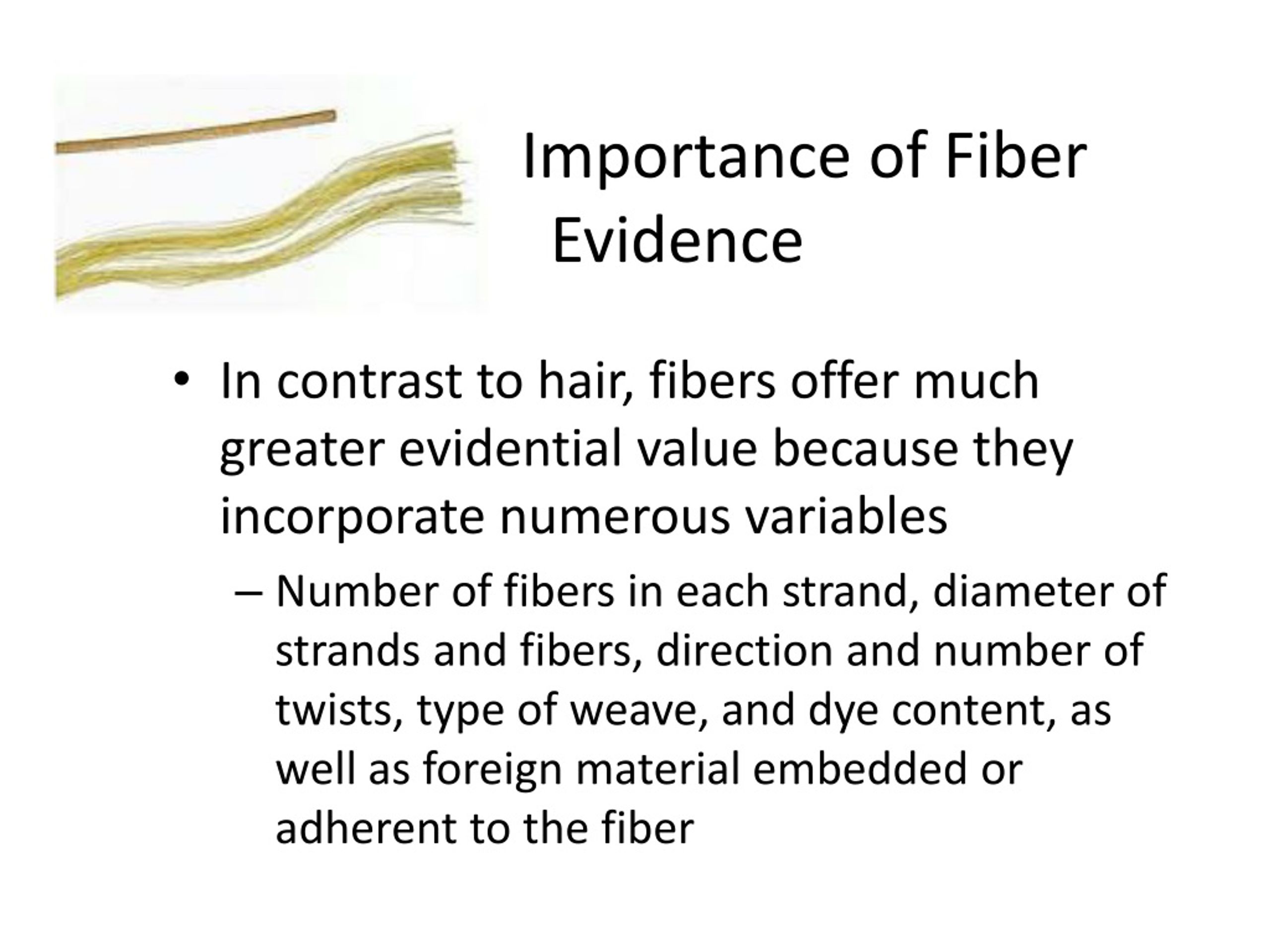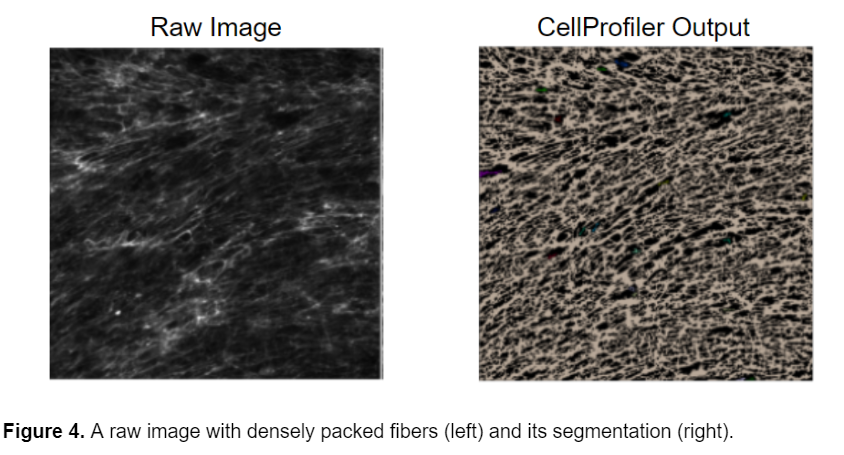

Then use the ExportToSpreadsheet module, to export the intensity measurements for each object to an excel file. The MeasureObjectIntensity module makes intensity measurements for each of the objects in previous modules. Image on top is the original image and the image at the bottom shows the segmention image. The IdentifySecondaryObjects module identifies and marks cell boundaries using objects it sees in the IdentifyPrimaryObjects module, aka Step1.įigure 3: The list of parameters for IdentifySecondaryObjects module.įigure 4: Output of IdentifySecondaryObjects module. The “?” button on the right gives you a detailed description of each particular parameter.įigure 2: The list of parameters for IdentifyPrimaryObjects module. Play around with the module parameters and optimize them to give you your desired results. Then to add a module, select: File > Add Module > Object Processing > IdentifyPrimaryObjects.įigure 1: Adding IdentifyPrimaryObjects module to the pipeline. To begin a new project in CellProfiler, select: File > New Project. It detects the darkest spots or centers of the cells, which are generally more uniform in staining, and is useful especially when cells are fluorescently labeled. Mark the cell boundaries, using the IdentifyPrimaryObject module which detects the brightest objects (e.g.
Cellprofiler fiber analysis how to#
Example: How to Count Labeled Bacterial Cells Step 1 Lastly, this is an important task, especially when you are trying to quantify single-cell based image measurements. In particular, segmentation clearly demarcates the boundaries between objects or cells, by distinguishing between the foreground and the background. The performance evaluating step for any image analysis pipeline is dependent on the algorithm you chose for optimally segmenting an image. What is the Fuss About Image Segmentation? Furthermore, CellProfiler’s design is suitable for the high-content screening of thousands of images in batch modes on clusters. It is also really flexible, as it works on multiple platforms, such as Windows, Mac, and Linux. Users can then modify module parameters to generate the desired result. There are various individual modules performing specific tasks, which can be put together to generate an image analysis pipeline. It’s an Easy-Peasy Tool for Cell Imaging!ĬellProfiler 2.1 is a user-interactive, open source cell imaging analysis tool.
Cellprofiler fiber analysis software#
We have specifically developed it such that you can easily write your own data analysis tools as TTK modules.Are you trying to figure out how to calculate intensities of fluorescently-labeled single cells? Do you have cells at high densities or present in clusters? Are you worried that your current cell imaging analysis software is unable to mark clear boundaries around each cell in a cell cluster? Don’t fear, because CellProfiler 2.1 is here to help! From counting cells to quantifying fluorescence, it helps you distinguish cells from each other, especially if multiple cells are packed together in your microscopic image. TTK is written in C++ but comes with a variety of bindings (VTK/C++, Python) and standalone command-line programs. Thanks to ParaView, TTK supports a variety of input data formats. TTK makes topological data analysis accessible to end users thanks to easy-to-use plugins for the visualization front end ParaView.


It provides a substantial collection of generic, efficient and robust implementations of key algorithms in topological data analysis. TTK can handle scalar data defined either on regular grids or triangulations, either in 2D or in 3D. The Topology ToolKit (TTK) is an open-source library and software collection for topological data analysis in scientific visualization.


 0 kommentar(er)
0 kommentar(er)
